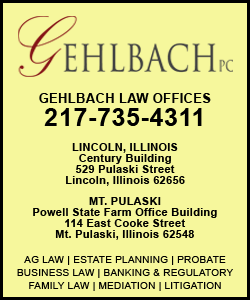| ||||||||||
| ||||||||||
And Aument rejects the notion that the Express Lanes can only be successful if regular lanes are so bad that people feel compelled to pay the tolls. She said there are reasons for drivers to use the Express Lanes other than avoiding traffic. For instance, the Express Lanes provide better access points to Tysons Corner
-- a burgeoning commercial hub that is home to corporations including Gannett, Hilton Worldwide and Freddie Mac, not to mention the state's largest shopping mall. She also said drivers will be drawn to the lanes' reliability: Transurban will pay dedicated crews to quickly clear accidents. And studies have shown that variable tolls that increase at peak times encourage some drivers to shift to off-peak hours, reducing congestion. For now, Aument is urging drivers to prepare for new traffic patterns and other changes. Also, just as express train service might not stop at every station, the Express Lanes, in a concession to costs, do not have the full exit interchanges in all directions that are available in the regular lanes. And the project has no toll booths, so drivers will need an E-Z Pass transponder. A special Flex transponder, which costs $12 a year, allows drivers to claim the free HOV ride when they flip it to carpool mode. Jeremy Korr, a scholar who did his doctoral dissertation at The University of Maryland on the Beltway, said efforts to reduce gridlock are constrained by how the road was built in the 1960s. Planners underestimated from the very beginning how much traffic the highway would carry and how much land is needed. When the loop was completed in 1964, news accounts hailed the beltway as a road that would unite the region and improve people's lives. "That lasted about two months," said Korr, now a social sciences professor at Brandman University in Irvine, Calif. The phrase "Inside the Beltway" -- which Korr said was popularized as the title of a long-running Washington Post column
-- irritates those who live within its confines. Being on one side of the Beltway or the other is not of any special significance to residents, as the area inside the Beltway is home to both wealthy and destitute neighborhoods. And the policies that cause the nation to feel such frustration about the "inside the beltway" mindset are set by politicians who come from across the nation. Korr said his dissertation research illustrated how intensely people feel about the road. He sent out hundreds of surveys of residents living near the Beltway, "and almost everyone had that kind of personal bond with the road. And it was totally negative. People love to hate the Beltway."
[Associated
Press;
Copyright 2012 The Associated
Press. All rights reserved. This material may not be published,
broadcast, rewritten or redistributed.
News | Sports | Business | Rural Review | Teaching & Learning | Home and Family | Tourism | Obituaries
Community |
Perspectives
|
Law & Courts |
Leisure Time
|
Spiritual Life |
Health & Fitness |
Teen Scene
Calendar
|
Letters to the Editor